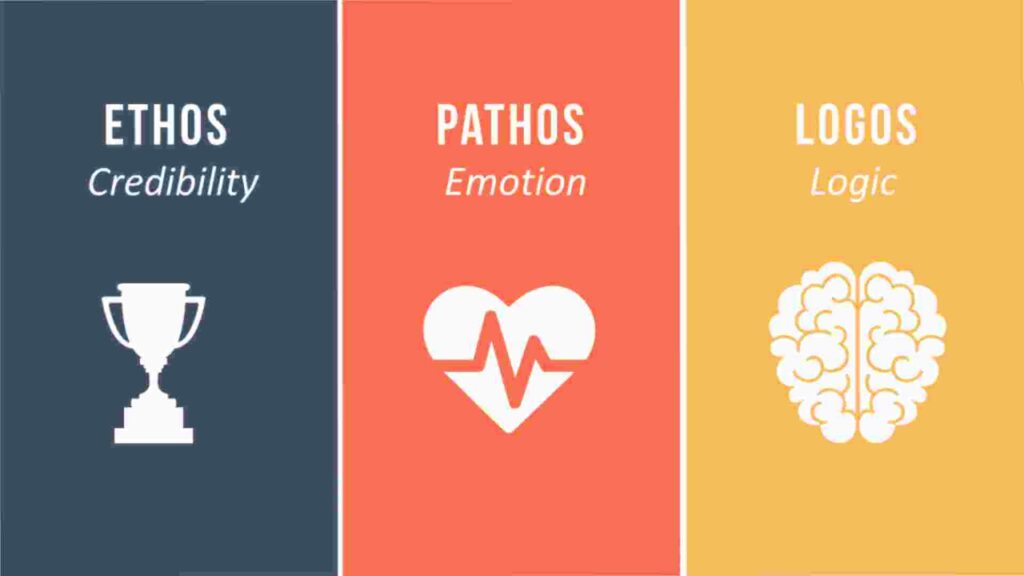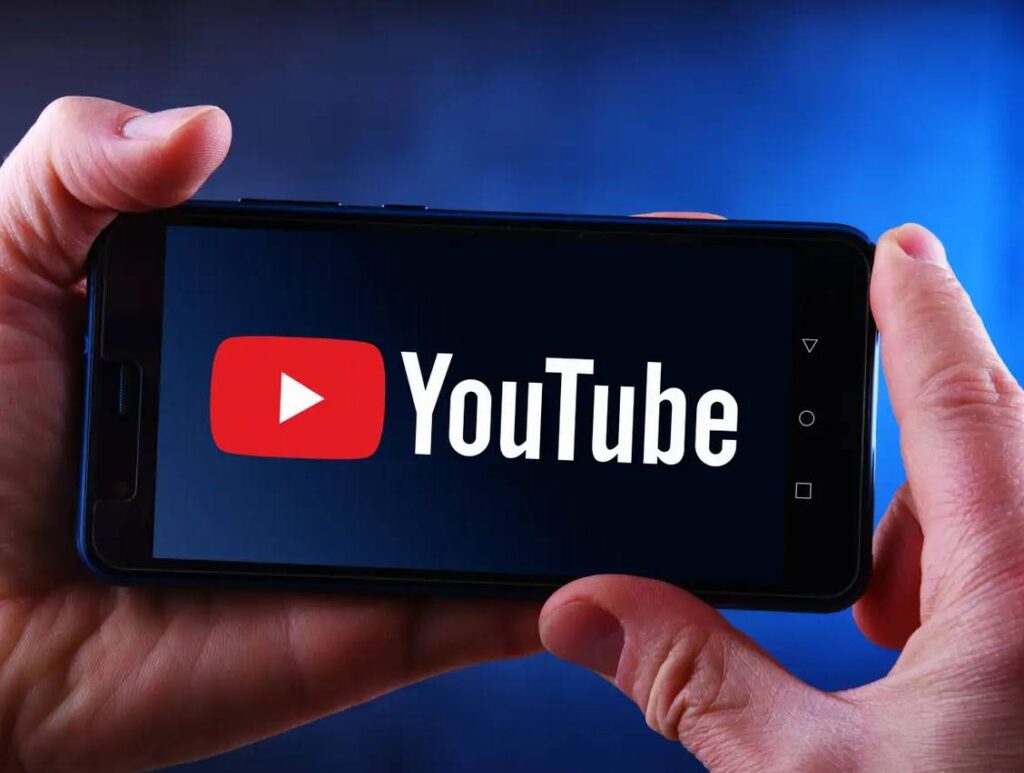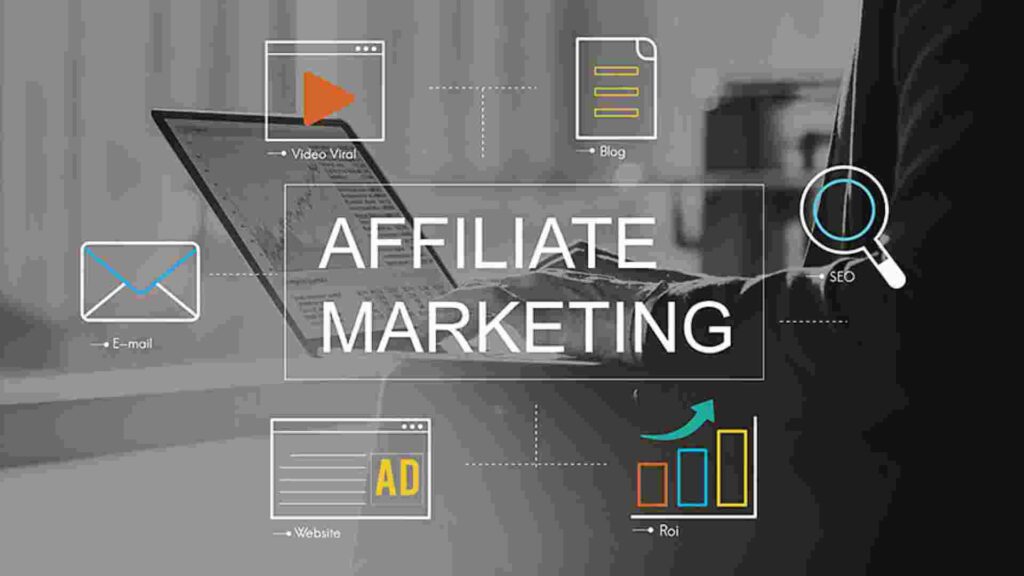When it comes to persuading others, whether in writing, speaking, or any form of communication, understanding ethos, pathos, logos is crucial. These three rhetorical strategies are timeless tools that can help you make your arguments more compelling and engaging. Let’s break down what each of these means and how you can use them to your advantage.
What Are Ethos, Pathos, Logos?
Ethos, pathos, logos are three fundamental modes of persuasion defined by Aristotle, the father of rhetoric. They are designed to appeal to different aspects of an audience’s perception:
- Ethos focuses on the credibility of the speaker or writer.
- Pathos taps into the audience’s emotions.
- Logos appeals to logic and reason.
Grasping these concepts and knowing how to employ them effectively can dramatically enhance the impact of your communication.
Understanding Ethos
What is Ethos?
Ethos is all about credibility. It’s how you establish yourself as trustworthy and knowledgeable on the subject at hand. When you have strong ethos, your audience is more likely to believe and support your arguments.
How to Build Ethos
To effectively use ethos:
- Demonstrate Expertise: Share your credentials, experience, and knowledge. If you’re a subject matter expert, let that shine through in your message.
- Build Trust: Be honest and transparent. Avoid exaggerating or misleading information. Authenticity fosters trust.
- Show Authority: Mention relevant achievements, qualifications, or associations with reputable entities.
Examples of Ethos in Action
- A nutritionist providing dietary advice will have strong ethos due to their qualifications and experience.
- A business consultant with a history of successful projects builds ethos through their proven track record.
Delving into Pathos
What is Pathos?
Pathos is all about emotion. It’s used to connect with your audience on a personal level, evoking feelings that will sway their opinions or actions.
How to Use Pathos
To harness pathos effectively:
- Tell Relatable Stories: Share anecdotes or narratives that resonate with your audience’s emotions.
- Use Emotional Language: Choose words that evoke specific feelings. Descriptive language can help paint a vivid picture.
- Appeal to Shared Values: Connect your message to the values and concerns that matter to your audience.
Examples of Pathos in Action
- A nonprofit organization might use emotional imagery and stories to inspire donations for a cause.
- A political campaign might highlight personal stories of citizens to resonate with voters’ values and concerns.
The Role of Logos
What is Logos?
Logos is the logical appeal. It’s about using reason and evidence to make your case. Effective logos involves presenting clear, rational arguments supported by data and facts.
How to Apply Logos
To leverage logos:
- Present Evidence: Use statistics, data, and factual information to back up your claims.
- Structure Your Argument: Ensure your reasoning is coherent and logically sound. A well-organized argument is easier to follow and more convincing.
- Avoid Fallacies: Steer clear of logical errors that could undermine your argument’s credibility.
Examples of Logos in Action
- A research paper that includes thorough analysis and data to support its conclusions uses logos.
- A financial report that provides clear, evidence-based recommendations relies on logos.
Combining Ethos, Pathos, Logos
While each of ethos, pathos, logos can stand on its own, the most persuasive messages often combine all three. By blending credibility, emotional appeal, and logical reasoning, you can create a powerful and convincing argument.
Tips for Combining Ethos, Pathos, Logos
- Start with Ethos: Establish your credibility from the beginning to gain your audience’s trust.
- Add Pathos: Engage your audience emotionally to make your message more impactful.
- Use Logos: Provide logical and evidence-based support to strengthen your argument and make it more compelling.
Example of a Balanced Approach
In an environmental campaign:
- Ethos: Highlight endorsements from trusted environmental groups to build credibility.
- Pathos: Share stories of the positive impact of environmental efforts on communities.
- Logos: Provide data on the effectiveness of the campaign’s initiatives.
Conclusion
Mastering ethos, pathos, logos can significantly enhance your ability to persuade and connect with your audience. By effectively using credibility, emotional appeal, and logical reasoning, you can create more compelling and influential messages.
FAQs
Q: What exactly are ethos, pathos, and logos?
A: Ethos relates to credibility, pathos appeals to emotions, and logos involves logical reasoning. These are key elements of persuasive communication.
Q: How can I use ethos in my writing?
A: Build ethos by showcasing your expertise, being transparent and honest, and highlighting relevant qualifications or experience.
Q: Why is pathos important?
A: Pathos is crucial because it helps you connect emotionally with your audience, making your message more relatable and memorable.
Q: Can I use logos without ethos or pathos?
A: While you can use logos alone, combining it with ethos and pathos often makes your argument more effective.
Q: Which appeal is the most important?
A: The importance of ethos, pathos, logos depends on the situation and audience. A well-rounded argument typically incorporates all three.







